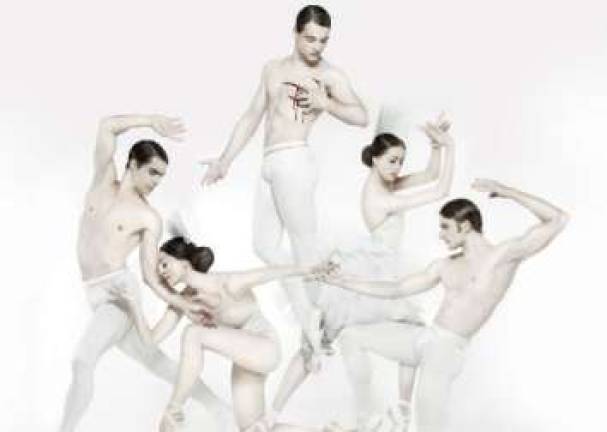Spanish Steps

Corella's Barcelona Ballet Fulfills a Dream By Valerie Gladstone Many great ballet dancers dream of starting their own companies, though few get the opportunity. Even as he performed with American Ballet Theater, Angel Corella was plotting to establish a ballet company in his native Spain. Unlike most European countries, Spain had never been able to sustain a first-rate ballet troupe and ballet school, forcing Spanish dancers who wanted a career in ballet to leave home to make their names. "Even though many of us have loved performing with the great companies of the world," he says recently, "we miss Spain and bringing the art to our people." Corella went about the formidable task with determination, first establishing a foundation to support classical ballet in 2001 and slowly building enthusiasm among potential supporters and the government. By 2008, he had fulfilled his dream and was awarded a base in a small town near Segovia, not too far from Madrid. The Corella Ballet started touring Europe-and the United States, most importantly-winning a strong Spanish following almost overnight. But last year, with Spain suffering from a severe economic recession, he lost his original backing. Undaunted, he found support in Barcelona, and in February, the Corella Ballet became the Barcelona Ballet. Within two weeks, it had sold out the city's historic Gran Teatre de Liceu. "Audiences were standing up and cheering at the end of our performances," he says. "Over and over again, people came up to me and said, 'Thank you for bringing ballet to our city.'" When he brings his company to New York City Center April 17-20, Corella hopes for the same enthusiastic response. Certainly the repertory should please. He will dance with the company in Clark Tippet's Bruch Violin Concerto and bring back Soléa, the hit flamenco-influenced ballet from 2010. "It's such uplifting choreography," he says. "It's like a bomb exploding on stage." But what gets him really excited is talking about Christopher Wheeldon's For 4. "I have such amazing men dancers now," he says. "Their turns and jumps are unbelievable. It's a great showcase for male dancing." Then there's Pálpito, by Ángel Rojas and Carlos Rodríguez, a dance that combines classical ballet and traditional Spanish dance. And how does Corella feel about moving from a sleepy village in the countryside to Barcelona? "I didn't mind the peacefulness of the country," he says. "But my dancers much prefer this elegant, exciting city, and the most important thing is to keep them happy. If they're content, we are assured of success." Barcelona Ballet performs April 17-20 on the Main Stage at New York City Center, 131 W. 55th St., 212-581-1212, www.nycitycenter.org.